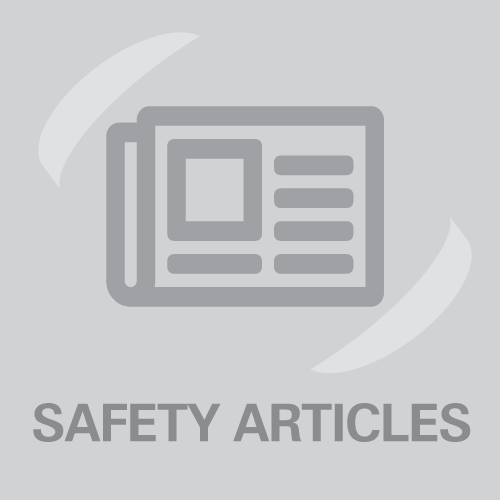What to do immediately after a collision.
The last thing on our mind, when we get into our vehicle is that we will be involved in a motor vehicle crash. Incidents do happen and they can occur in the blink of an eye. When these incidents involve other vehicles, what we do immediately after the crash, can be critical in resolving liability issues or to allow organizations to determine what happened.
Here are some tips:
SECONDS:
- Check for injuries, including your own
- Assist with any injuries, until someone with proper training arrives at the scene
- Instruct someone to contact emergency services (police, fire, ambulance)
- Assign someone to control traffic to prevent further incidents
- Put out warning devices, such as flares, reflectors, or tape
- Remember, you are a professional driver, representing your company – you need to take charge until authorities arrive
MINUTES:
- Identify potential witnesses
- Be assertive and confident. Understand that some people will be reluctant to get involved
- Record information or hand out witness cards
- At the very least, record or photograph license plate numbers of vehicles in the area
- Contact your immediate supervisor and provide details
- Exchange information with a third party(s) – driver’s license, contact info (if in doubt, take a photo of license and/or registration)
- Take photographs
- The short-lived evidence (see below) or evidence that can be moved is the priority、
- Think about what happened and photograph from the perspective of all drivers involved
- Photograph the conditions (road, weather, visibility)
- Make notes by recording what you have seen and done
PHOTOGRAPHS:
The purpose of taking photographs is to document the evidence surrounding the incident. Always photograph short-lived evidence (evidence that can be moved or may change – see list below) first. Make sure you are comfortable with and understand your camera, including smartphone devices. Think about what you need to photograph and have a plan. Far too often, drivers focus most of their photos on the damage to vehicles. While important, these photos don’t tell the story of what happened. They only show the results of what occurred.
Short-lived evidence:
- The final resting place of all vehicles involved
- Weather conditions
- Visibility (e.g. glare, fog)
- Temporary signage (e.g. construction zone, flagging, etc.)
- Debris from collision (e.g. loose materials, liquids from vehicles, paint transfer on roadway)
HINT: Take one close-up photograph of any debris, then another from further away so that the debris can be seen in context with the collision scene
WHAT TO PHOTOGRAPH:
- The approach to the collision scene from the perspective of all drivers concerned
- Take several shots of the scene at different distances
- Include any evidence that may be on the roadway leading up to the scene
- Take photos at the eye level of the driver involved
- Eyewitness viewpoint
- This will show what the witness could and could not see and may help the witness to provide details after the event
- Position of vehicles
- Final rest position of vehicles is considered short-lived evidence
- Position of victims
- Point of impact
- Tie this position into the rest of the scene
- Overall view of the scene
- If possible, a photograph from a high position can be very useful
- Close-ups of evidence
- Vehicle damage
- Skid marks, other roadway marks
